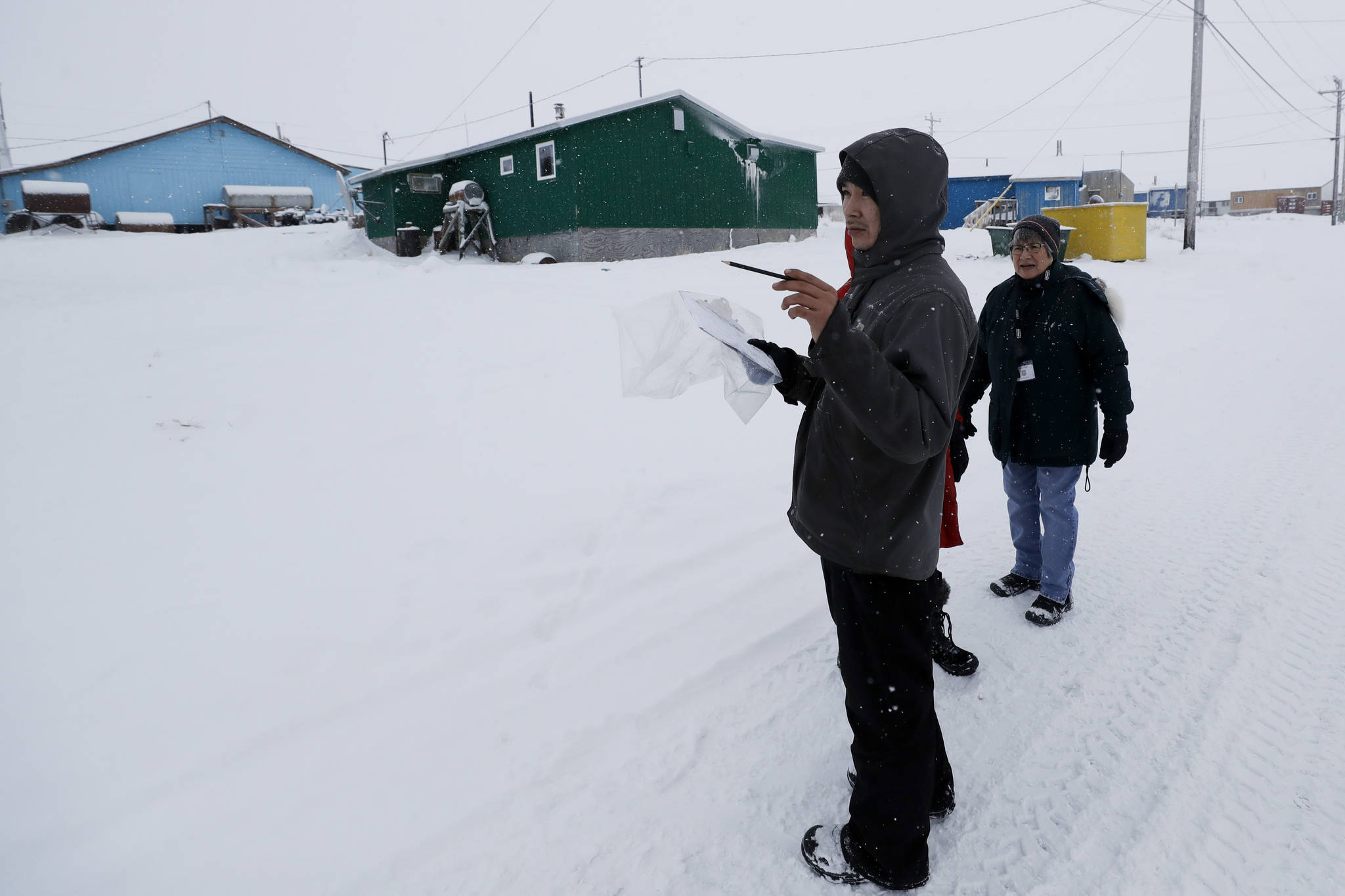Alaska’s resident population grew by about 23,000 people between 2010 and 2020, according to U.S. Census Bureau data released Monday.
The data released Monday was used to reapportion the number of representatives some states can send to the U.S. House of Representatives. That data is among the first to come out of 2020 census collection. Apportionment refers to the process of distributing the U.S. House of Representatives’ 435 seats. Each state is entitled to at least one U.S. House seat.
The 2020 census found Alaska has a resident population of 733,391 and an overseas population of 2,690 for an apportionment population total of 736,081. That is compared to Alaska’s 2010 apportionment population of 721,523, which included a resident population of 710,231 and an overseas population of 11,292.
Among the states to lose a seat in the U.S. House due to reapportionment were California, Illinois, Michigan, New York, Ohio, Pennsylvania and West Virginia. Colorado, Florida, Montana, North Carolina and Oregon all gained a seat and Texas gained two.
Apportionment data also show that Wyoming continues to be the state with the lowest resident population, while California has the highest. Alaska ranks 48 out of 51, with a resident population of just over 730,000, which is more than Washington, D.C., Vermont and Wyoming.
The formula used to calculate a state’s apportionment was adopted by Congress in 1941 and has been used in every census afterward, according to the U.S. Census Bureau. That formula divides the population of each state by the geometric mean of its current and next seats as a way to assign House seats 51 to 435.
Apportionment figures consider a state’s overseas population in addition to its resident population. Overseas populations may include military personnel and federal civilian employees who live outside of the United States, and their dependents.
More information about CDC’s apportionment data can be found at census.gov.
Reach reporter Ashlyn O’Hara at ashlyn.ohara@peninsulaclarion.com.

